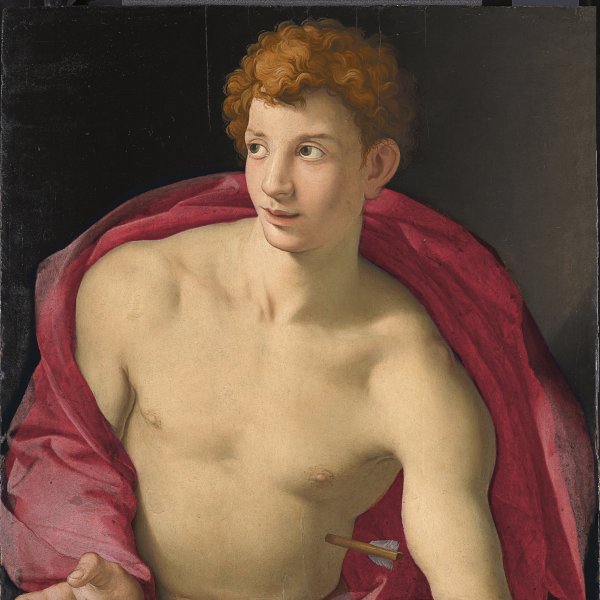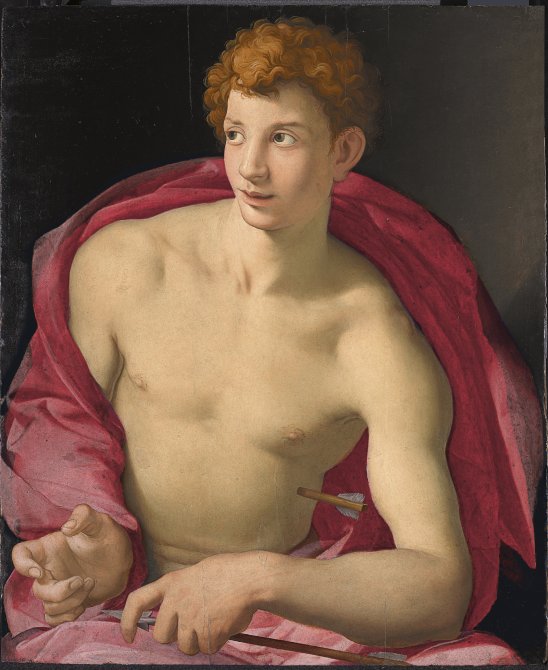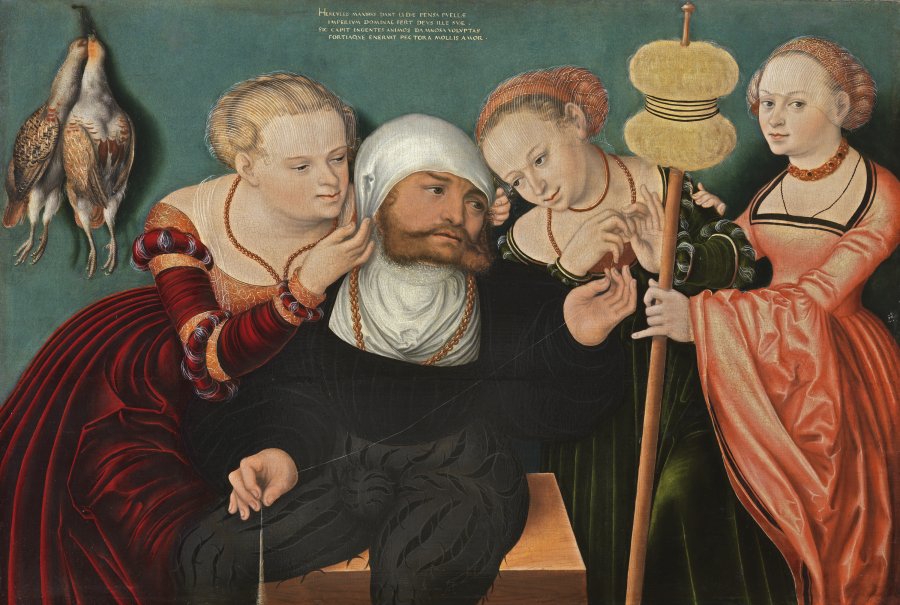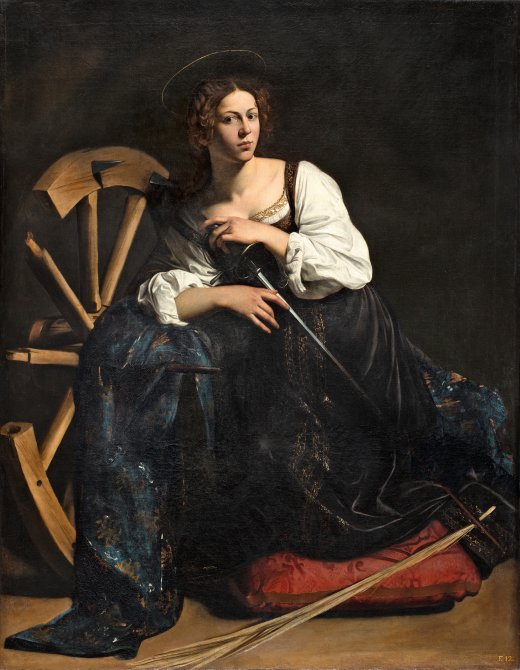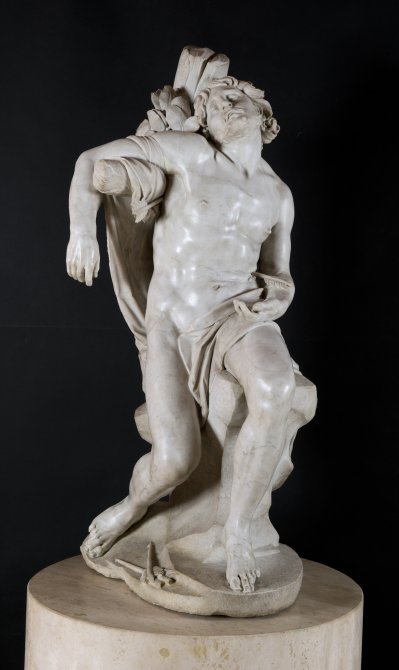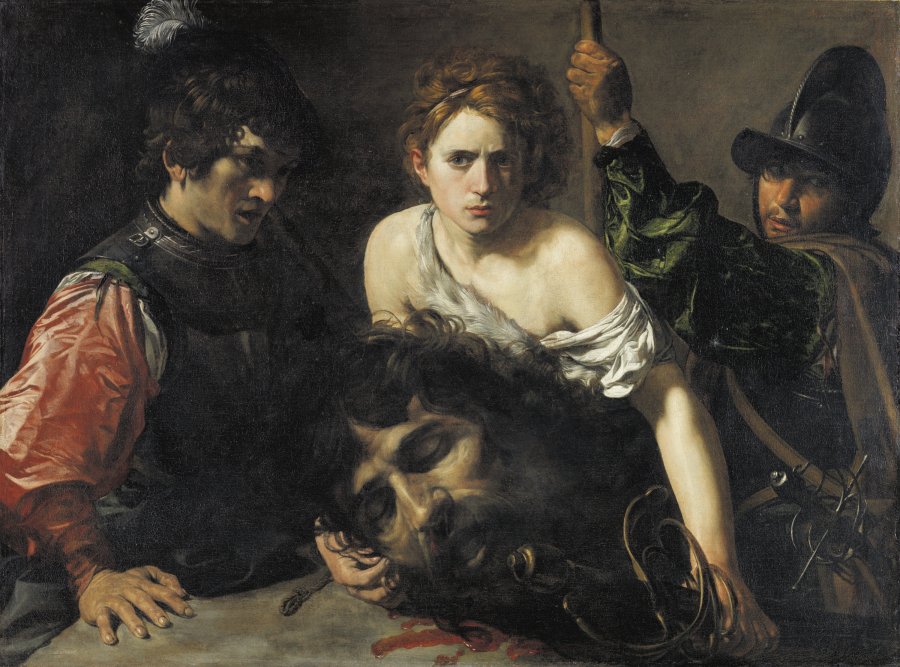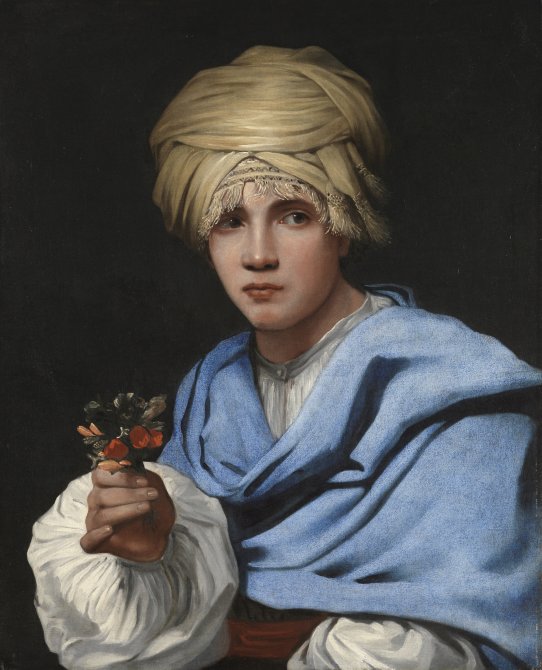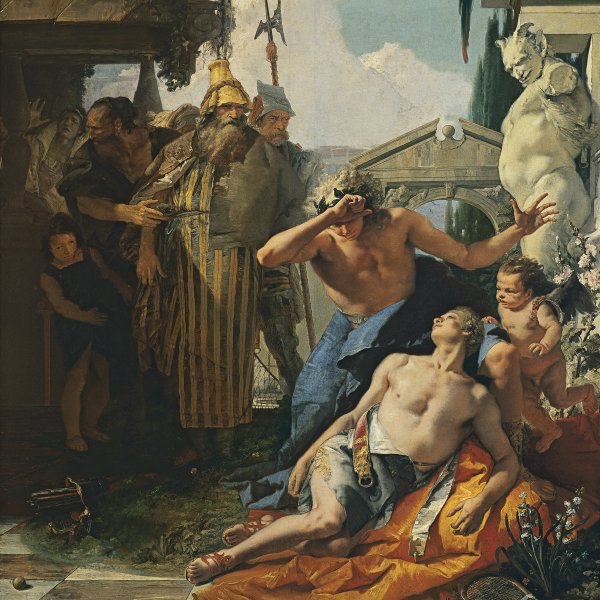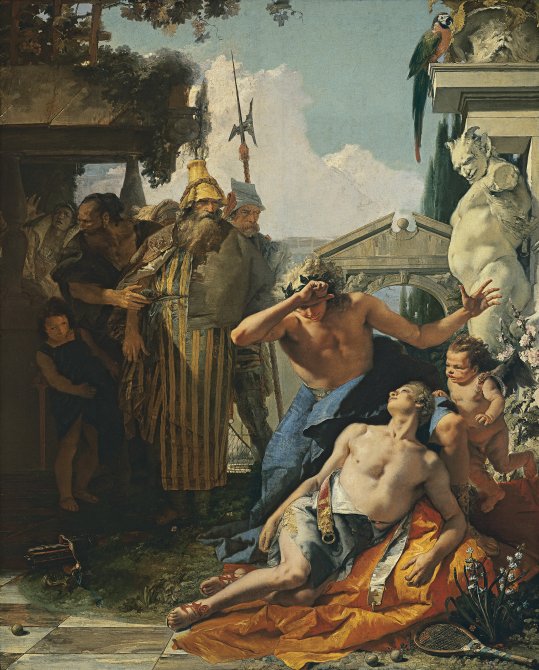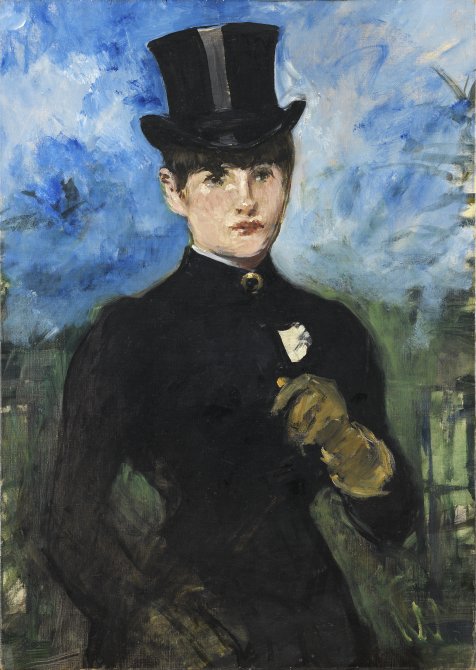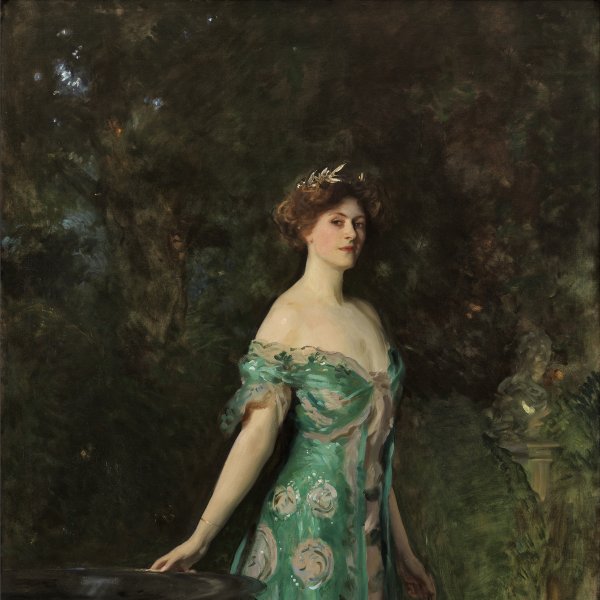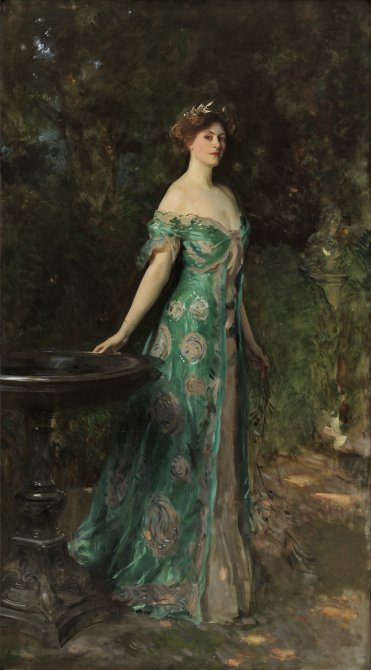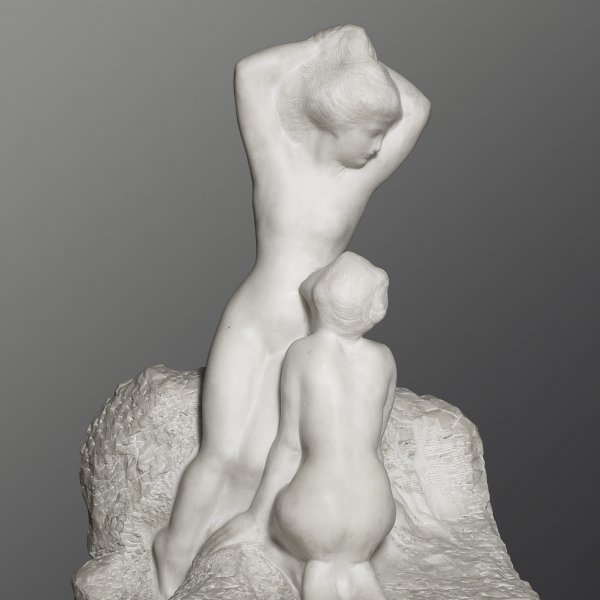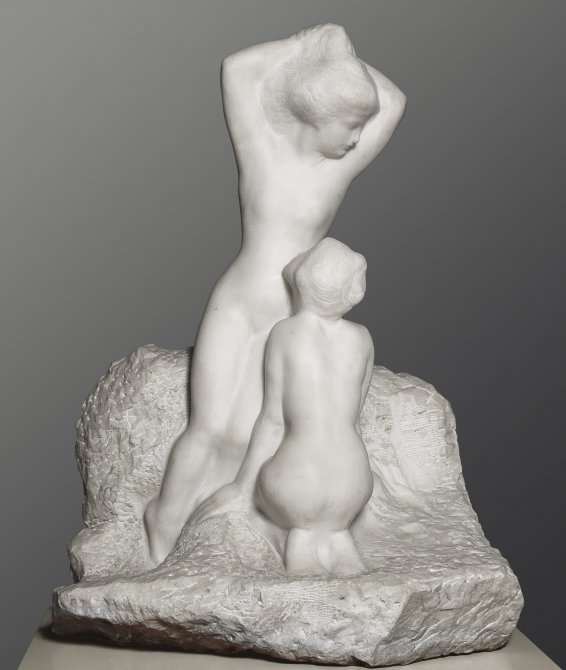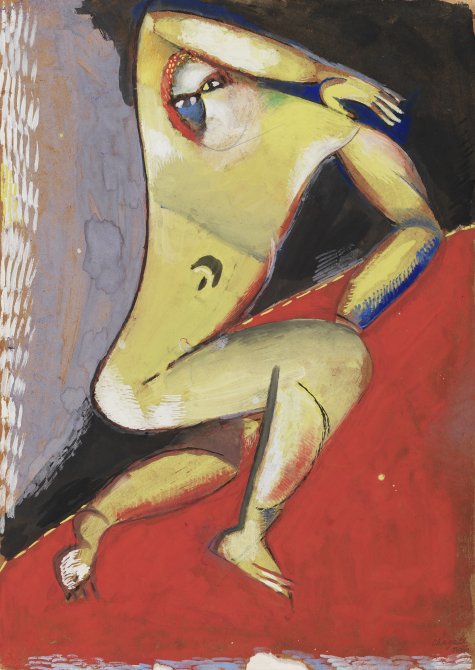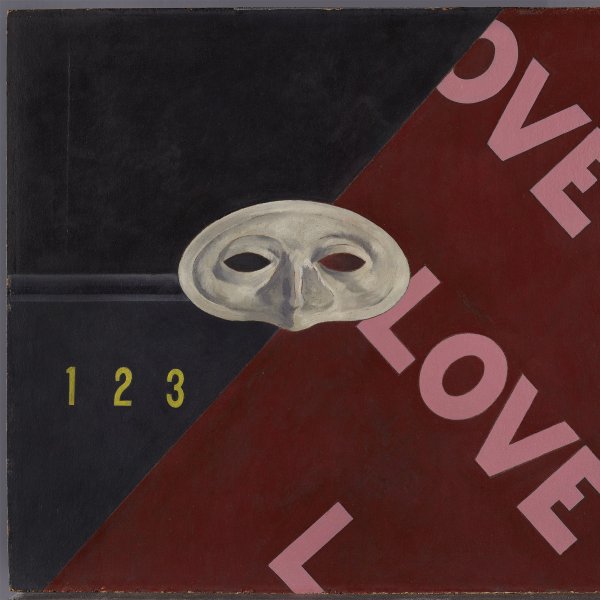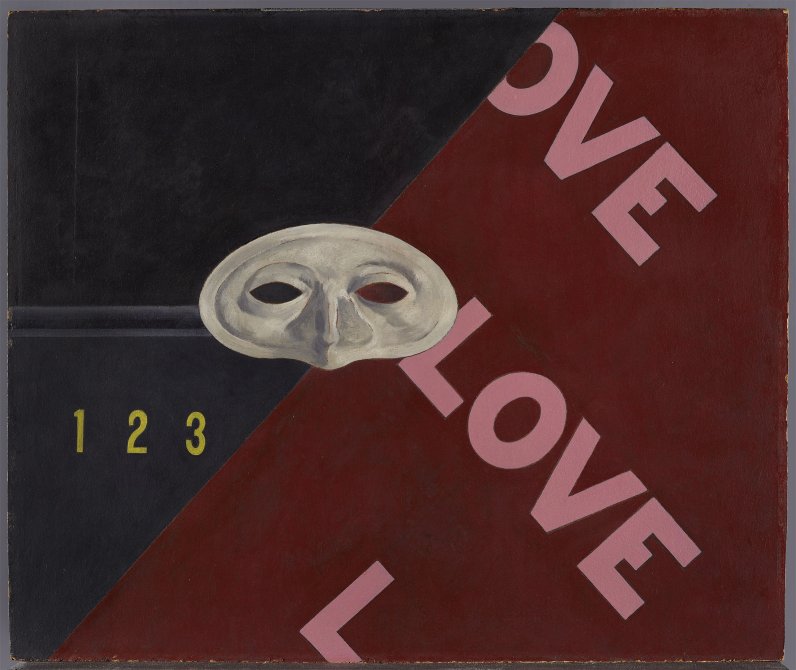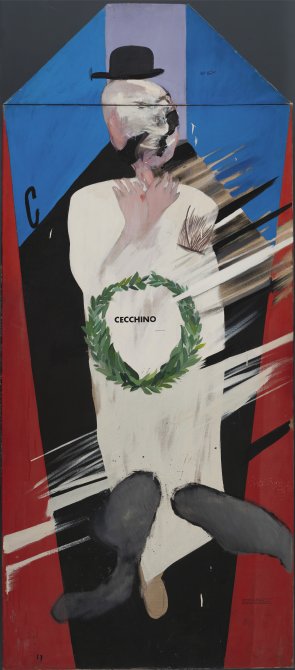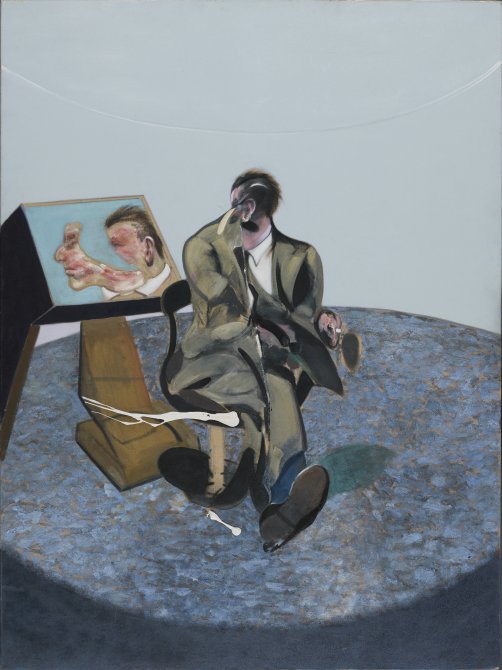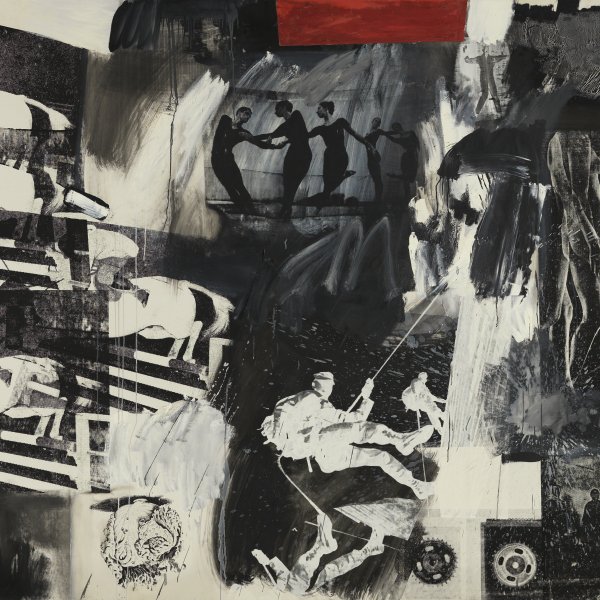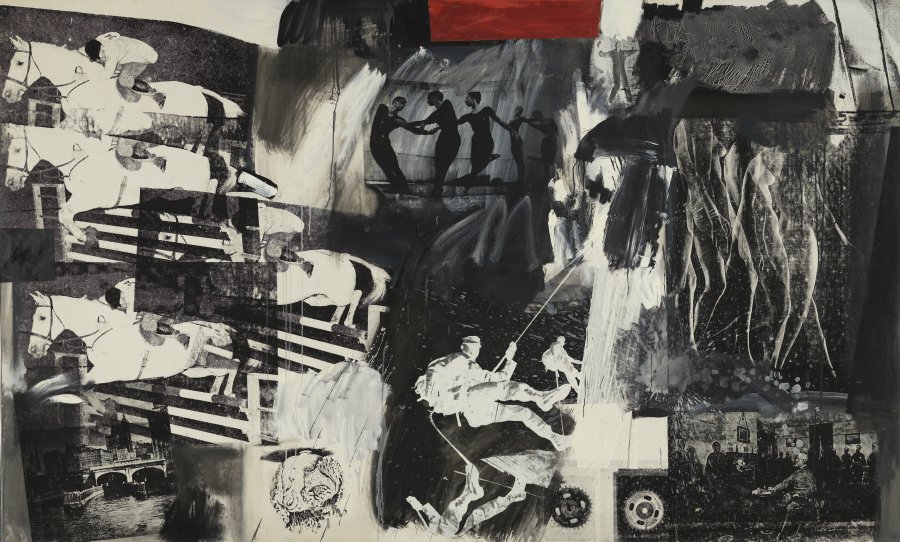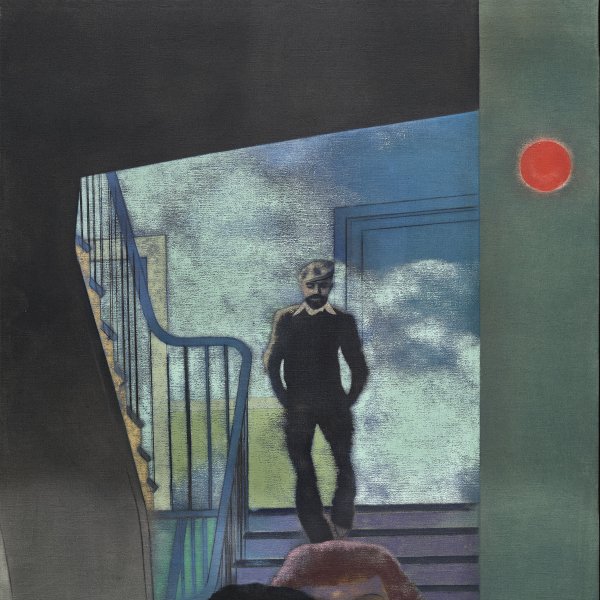Inclusive love
By Ignacio Moreno Segarra and María Bastarós
Inclusive Love views artworks from a new perspective different to that offered by traditional historiography to date. It surveys the collection through some of the themes, icons and people related to the sensibilities, culture and experiences of the LGBT community (lesbian, gay, bisexual and transsexual) which have always been present in art, though their presence has been invisible throughout the ages.
This route follows the layout of the museum’s collection, which is arranged chronologically and by cultural trends in western art.
The first part focuses on Old Masters, mainly from the Renaissance to the late nineteenth century. The iconography of the works, coupled with the artists’ lives, provides a useful insight into non-normative sensibilities, identities and desires from both a sensual and a social perspective.
The second part explores how these manners of feeling and thinking have progressively taken shape with the development of modern societies. From the emergence of the contemporary conception of homosexuality and the importance in this process of the spaces of freedom provided by the major cities to gender identity and the lack of a specifically lesbian iconography, the works illustrate a diverse range of personal experiences set in an environment that has become increasingly permissive, albeit with ups and downs. Art can be seen to have played a very active role in asserting these sexual, emotional and social claims.
Saint Sebastian is an indisputable icon for the gay community and has become imbued with various connotations over the centuries.
The story of Saint Sebastian, like those of many other saints, is drawn from various sources which gradually shaped his official history. Sebastian was an archer general attached to the personal bodyguard of Emperor Diocletian. After converting to Christianity, he not only spread his new faith but destroyed pagan symbols, for which he was sentenced to be tied to a tree and martyred with arrows fired by his fellow archers.
According to Professor Helena Carvajal González, the importance of the saint in the Middle Ages stemmed not only from the fact that he was the patron saint of ironsmiths but also from the protection he provided from the bubonic plague, a disease represented in art by a shower of arrows. During this period he was portrayed iconographically as a man of mature years, in order to reflect his position in the army, and bearing the instruments and palm of martyrdom.
Between the thirteenth and fourteenth centuries, the saint began to be portrayed as a handsome adolescent boy, and this is how he appears in Renaissance works. The figure allowed artists to combine the protective nature of Christian culture with the newly discovered classical culture. Such was the prominence given to his physical appearance and nakedness that they eclipsed his moral and protective qualities.
The restoration of the Medici dynasty in 1537, represented by Cosimo I, was undeniably conducive to the flourishing of an art that followed in the wake of the Florentine Neoplatonic academy of Ficino, whose espousal of antiquity did not shun homoerotic references. Cosimo I surrounded himself with artists who were well versed in these theories and applied them to their own lives, such as the sculptor and goldsmith Benvenuto Cellini, the painter Gianantonio Bazzi, called “Il Sodoma”, and the historian and poet Benedetto Varchi.
Nevertheless, Cosimo I’s rule was rife with contradictions in its attitude towards homosexuality. He did not show the same tolerance as his Medici predecessors. On the one hand, the duke abolished the civic court in charge of prosecuting homosexuality, with which some 17,000 complaints had been filed, including those against Leonardo da Vinci and Sandro Botticelli. On the other, Bernardo Segni, a historian of the period, stated that, as an authoritarian and superstitious man, he enacted other strict laws, including one against sodomy. However, this law, under which Cellini was tried in 1557, proved ineffective owing to a lack of zeal not so much on the part of the magistrates as on the part of the duke himself. Cosimo, who had publicly celebrated many of Cellini’s witty remarks – such as when a rival called him a sodomite and he replied that sodomy was a vice of gods, kings and emperors and that he did not practice it because he considered himself “a humble man” – had the artist’s four-year prison sentence commuted to four years of home confinement. Even so, Cellini never found favour with the grand duke again.
Bronzino, who created the official image of the Grand Duke of Florence, had been romantically involved with his master Pontormo.
We find contradictions of this kind between two groups: the artists, an intellectual elite with artisan status who were weaving amorphous networks of everyday homosexual contacts (for example, in their workshops) in the growing cities and could show their affections more or less publicly thanks to their friendships with powerful people; and their patrons, well-educated men who promoted the arts and court life but were unable to renounce the powerful means of social and political control that persecuting homosexuality provided.
Hercules. The theme of Hercules at the court of Omphale is perhaps one of the best-known descriptions of cross-dressing in antiquity and refers to an episode in Hercules’s life when, in a fit of madness, he slays Iphitos and is sentenced by the Oracle of Delphi to serve as a slave for three years. Hercules performs this task under the orders of Omphale, queen of Lydia, in a captivity described by Ovid as follows in his Letters of Heroines using Hercules’s wife, Deianira as a mouthpiece:
“Doesn’t it cause you shame to restrain those strong arms with gold / And to put jewels upon those solid muscles? [...] / To wear a Maeonian girdle in the manner of a wanton girl / Do you not think this is unfitting? [...] / Antaeus would drag the bands from that hard neck / Lest it disgust him to surrender to an effeminate hero.”
And so, while Hercules dressed in women’s clothing and wove baskets, Omphale bore the hero’s characteristic attributes: the lion’s skin, mace and bow. She also enjoyed his sexual potency: as the scholar Robert Bell points out, Omphale bought Hercules as a sexual object and not as a servant, and after becoming her lover he fathered her four children as well as making a slave girl pregnant.
Homosexuality is not alien to either the Greek or the Roman version of the tradition of Hercules. The reason why Hercules dons the saffron tunic meant for women is something that, according to the scholar Nicole Leroux, anthropologists have attempted to explain from many viewpoints. Some have linked it to the homosexuality inherent in Greek tradition, taking it to be connected with pederasty in pupil-teacher relations and, therefore, a far cry from the feminisation of Hercules, which would have been a contribution of Roman tradition. Others relate Hercules to the rite of marriage, where the exchange of gifts, including tunics, was institutionalised in a tradition that is referred to in Petrarch’s poetry and was used, for example, in the decoration of the Ducal Palace of Urbino to celebrate the marriage of Federico de Montefeltro and Battista Sforza in 1440. Finally, Nicole Leroux links this aspect to Hercules’s relationship with the effeminate Dionysius. In Dionysian celebrations women abandoned their looms and went hunting in the woodlands, while men dressed in women’s clothing. The custom of cross-dressing linked to Dionysian festivities continued until being banned in 692.
In the seventeenth century, the moral climate of the Reformation and Counter-Reformation cloaked the sexuality of artists of the previous century and those of the period in a silence that was broken only by scandalous trials. This phenomenon was illustrated by the censored publication of Michelangelo’s sonnets and Shakespeare’s poems, the biased translations of the poems of Sappho, and the watered-down versions of great myths such as the rape of Ganymede and Monteverdi’s Orpheus, which leaves out the hero’s conversion to homosexuality found in earlier versions.
Nineteenth century. The transition from the nineteenth to the twentieth century was a fascinating time in the history of sexualities. Fin-de-siècle decadence went hand-in-hand with Victorian double standards and was fuelled by the expansion of cities in a period of recent European history known as the Belle Époque in France and as the Edwardian era in England, where an economic and cultural elite were creating a new world.
The Belle Époque, which spanned from the end of the Franco-Prussian war in 1871 to the outbreak of the First World War, marked a zenith in culture in general and in homosexual culture in particular in the French capital. Paris was then the world epicentre of culture, home to intellectuals and an unrivalled centre for artistic experimentation. What is more, according to Florence Tamagne, a French historian specialised in homosexuality and its cultural representations, Paris was also the European centre of LGBT culture, characterised by a hedonistic spirit and bohemian lifestyle that opened the doors to sexual experimentation and new, non-heteronormative forms of eroticism. In short, Paris became what we might call “the European pleasure capital” and a great many salons, bars, bathhouses and clubs – especially around Montmartre and Les Halles – that embraced and developed this new LGBT culture sprang up in a relatively underground but accessible scene.
Twentieth century. Paris continued to be the capital of freedom until the outbreak of the First World War. Another example of these new spaces was the literary salon run by Natalie Clifford Barney, an openly lesbian American writer and poet based in the French capital. Barney hosted the salon for more than 60 years, holding meetings where her guests could socialise and discuss literature, art, music and other interesting matters. Joan Schenkar, a famous contemporary writer and playwright born in Seattle and known for her works based on women’s lives, described Barney’s salon as “a place where lesbian assignations and appointments with academics could coexist in a kind of cheerful, cross-pollinating, cognitive dissonance”. Indeed, beginning in the late nineteenth century, relationships between women became much more visible in Paris, which, to quote the scholar Catherine Van Casselear, became “the undisputed capital of world lesbianism”.
But not everyone welcomed the city’s new idiosyncrasy. Indeed, the conservative sector condemned it, calling for order and describing Paris as the “New Babylon”. Although Berlin took over as the homosexual capital of Europe in the interwar period, Paris continued to be an interesting hub of LGBT leisure and social activities and culture.
This process of gaining visibility and demanding freedoms was fatally dashed by the Nazi occupation of France: the places that promoted LGBT culture were closed down and homosexuality was established as an offence punishable by the law, ushering in one of the harshest and gloomiest periods for the LGBT community in France.

